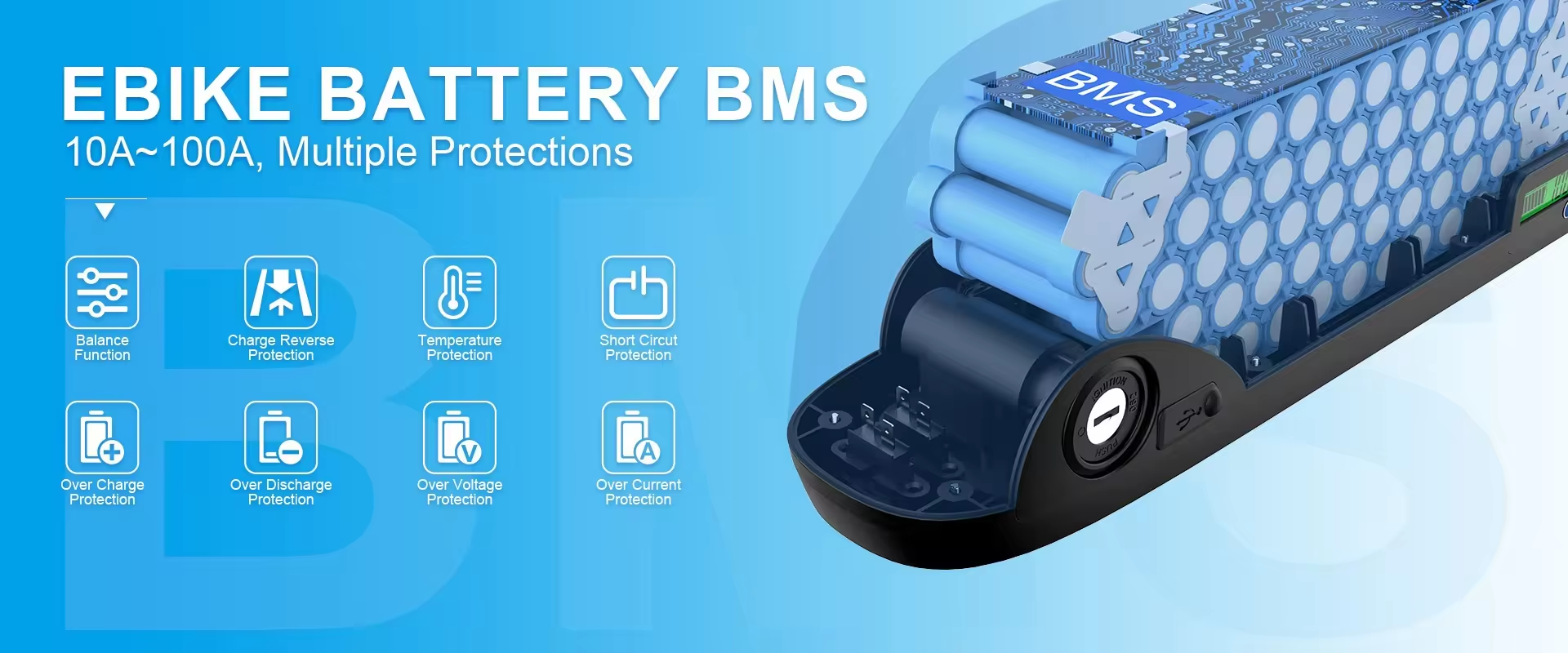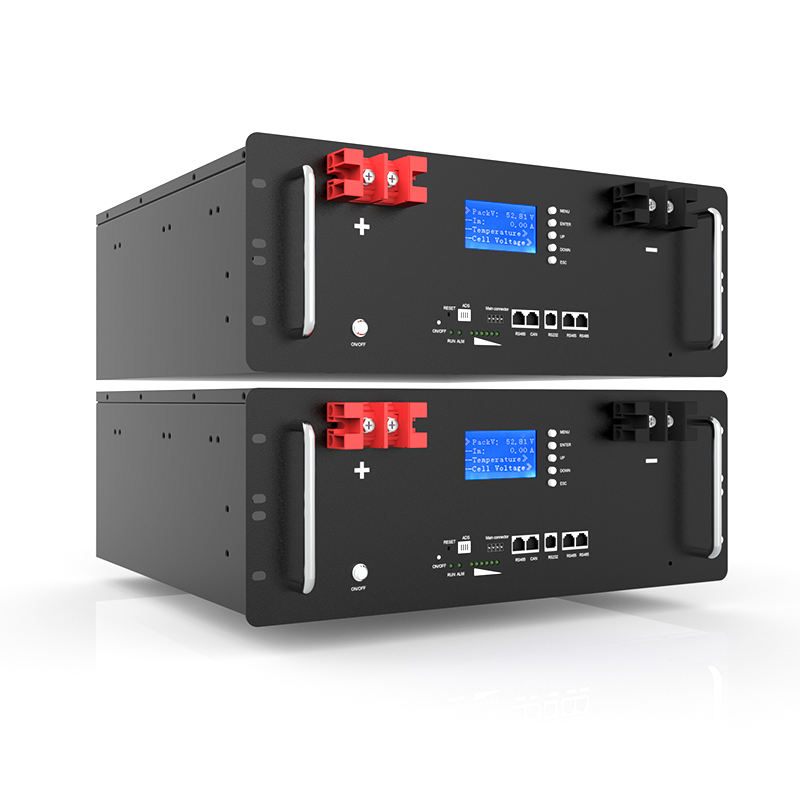I. Core Range PrincipleRange (km) is determined by: Range = Battery Voltage(V) × Battery Capacity(Ah) × Energy Efficiency ÷ Power Consumption(kW)Assuming 0.015kWh/km consumption under normal temperatures, 100km range requires 1.5kWh effective Energy Storage.

II. Configuration Solutions for Three Voltage Systems
48V E-Bikes
60V Light Electric Mopeds
72V Electric Motorcycles
III. Four Key Range Enhancement Technologies
Battery upgrades: Graphene batteries offer 30% higher energy density than lead-acid; sodium batteries maintain 85% capacity at -20°C.
Energy efficiency: Low-rolling-resistance tires reduce 7% friction; permanent magnet synchronous motors achieve 92% efficiency.
Thermal management: Smart temperature control limits winter capacity loss to 15%.
Energy recovery: Next-gen systems reclaim 12% of downhill kinetic energy.

IV. User Behavior Impact Data
Frequent acceleration/braking: 28% range reduction
Overloading (20kg+): 15% range decrease
Underinflated tires (30% below standard): 8% energy waste
Continuous high-speed mode: 22% energy increase
Conclusion 48V26Ah, 60V35Ah, and 72V35Ah are validated baseline configurations for 100km range. Consumers should select battery types based on usage scenarios and optimize through hardware upgrades and riding habits. PTPbattery can customize your own electric vehicle battery according to your different needs! Welcome to consult, at info@ptpbattery.com.
Related News
- High-Performance 12V Battery Packs | Reliable Energy Solutions
- Home Energy Storage Systems in 2025 Trends, Benefits, and Market Outlook
- The Five Fundamental Design Principles for Energy Storage Cabinets
- Safety Guide for Homes with Solar Power Generation, BESS and EVs
- How Long Do Electric Vehicle Batteries Last? Comparing Lead-Acid & Lithium
- Application of lithium battery in ship
- How to transport lithium batteries more safely?
- New Trends in the Home Energy Storage Market
- This article will show you the difference between prismatic and cylindrical batteries
- What is cell balancing in batteries?







